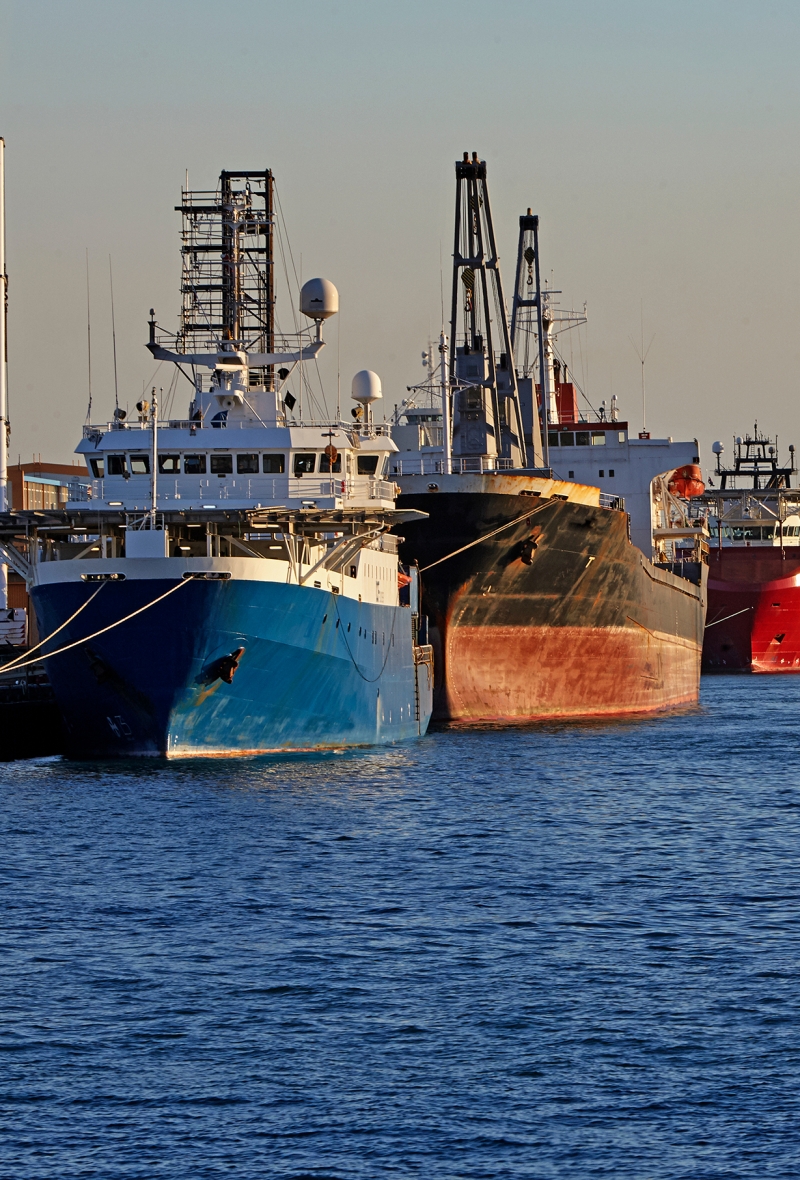Fremantle Ports
Fremantle Inner Harbour Passing Vessel Interaction Mooring Study
Client: Fremantle Ports Authority
Project Location: Fremantle, Australia
Completion Date: May 2017

About the Client
Fremantle Ports is a Western Australian Government trading enterprise that strategically manages the Port of Fremantle. The port is the State’s biggest general cargo port and Australia’s fourth largest container port.
Fremantle Ports operates on commercial principles to ensure that the needs of importers and exporters now and in the future can be met in a sustainable way with the support of customers and the community.
Overview
Fremantle Ports were receiving larger vessels into their Ports which raised an investigation to the feasibility of larger and deeper container vessels entering the Inner Harbour. Upon extensive research OMC was able to identify the needs of the port in order to reduce the amount of adverse effects on moored vessels within the inner harbour.
The Business Challenge
Fremantle Ports were needing an interaction analyses done as part of an investigation into the feasibility of larger and deeper container vessels entering the Inner Harbour. A key concern was whether there would be adverse affects on moored vessels within the Inner Harbour from the passing of the larger container vessels, in particular at Berths #1 & 2.
The design passing container vessels were:
- 1. Loa 300m, Beam 48.2m Draft 14.0m
- 2. Loa 324m, Beam 42.8m Draft 14.0m
Technical Challenge
Would the larger vessels cause interaction effects that would cause unacceptable line loads or motions to the berthed vessels and therefore cause an impediment to the feasibility of these vessels transiting Fremantle into the future.
The Solution
OMC undertook all dynamic simulations using the SPMS model for the moored vessel analyses and the ROPES computer tool developed in a research project from 2010 to 2013 led by Marin Research Institute in which OMC was a partner.
Interaction analyses were carried out for the range of design passing vessels, moored vessels and mooring configurations, wind speeds, tidal heights, and defined passing distances and speeds. Sensitivity analyses were also undertaken for a range of mooring configurations and passing distances.
The modelling showed that the induced mooring line loads and motions under all scenarios provided acceptable results against defined criteria.
The Outcomes
A successful result in terms of green light for interaction from these vessels.
The Benefits
- Economic benefits
- Risk benefits
- Competitive differentiation